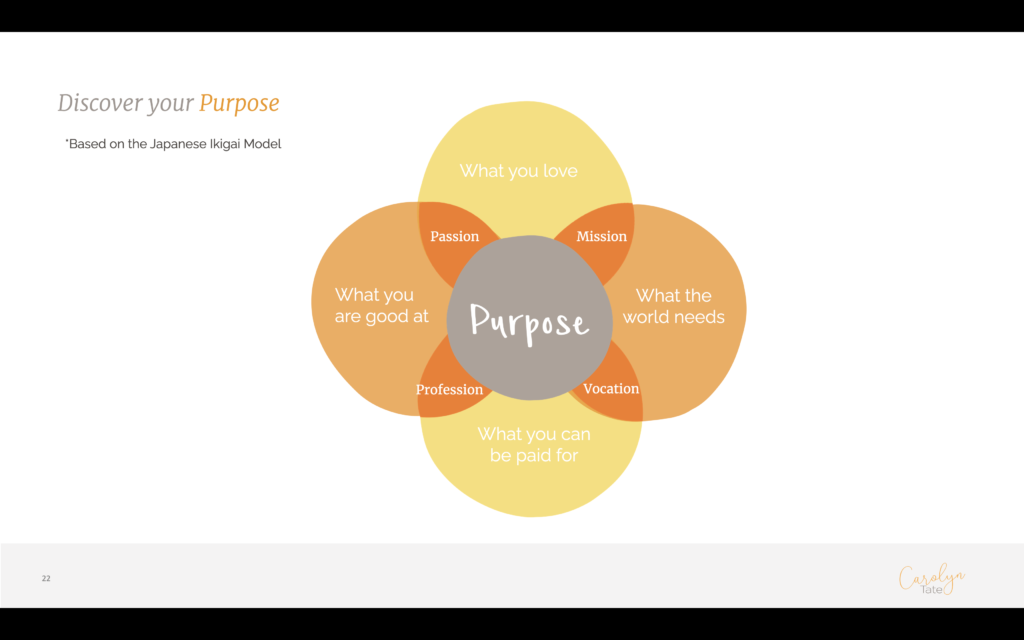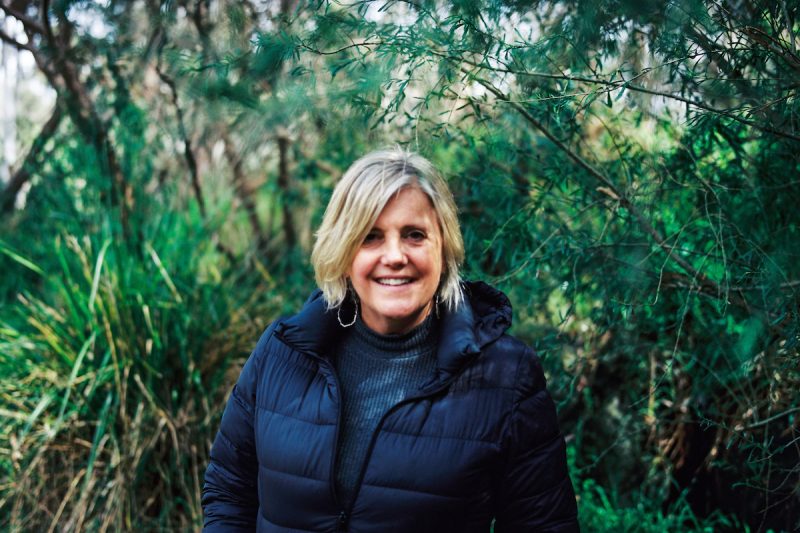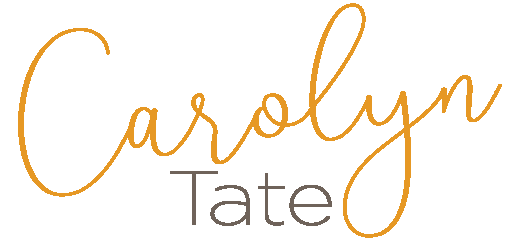There’s a huge myth to bust when it comes to the pursuit of a purpose-driven livelihood. It’s that you don’t find your purpose, you build it. Purpose is not found out there in the world beyond your life, it’s found within yourself. It’s already there, patiently waiting for you to unearth it, befriend it and build on it. It’s waiting for you to try it on for size, experiment with it and give it the hands-on love and attention it needs to flourish.
The world we live in aggrandises and prioritises the pursuit of a ‘profession’ over the building of a ‘vocation’. A vocation is a calling. It comes from the word invocation. It’s the action of invoking something from within. A vocation is something that taps into what you’re good at, what you love, what the world needs and what you can be paid for.

A profession is easy to pursue because it only taps into what you’re good at and can be paid for, leaving what you love and what the world needs largely ignored. A vocation is tougher to build than a profession. It requires courage, curiosity and creativity to unearth. It requires you to take a risk.
Most parents truly want their kids to pursue a vocation instead of a profession, but they don’t know how to guide them in that pursuit.
In this podcast interview with the team at “The Arrive & Thrive Career Podcast”, I share ideas on how to help our young people build their purpose. LISTEN HERE
If you’re an parent or educator interesting in helping your kids build their purpose, here’s how to get started:
Exploration
Explore the Ikigai model with your kids. Ask them to think deeply about all four circles. Get them to ask their teachers, friends, grandparents what they’ve observed. Make it a fun and regular topic of conversation, not a one off activity. Ask the question of ‘why is that important?’ often. Check it out here and download the free lesson guide
Articulation
Help them write a broad purpose statement. Something like Tahlia’s whose purpose is “to defend and nurture the planet and educate and inspire people to care”. A broad statement allows room for play and curiosity while still providing clarity and direction for future study and career choices. The Purpose Project offers a framework to show you how to write this statement.
Communication
Help them find the voice to share what really matters to them and why. Teach them how to tell a story and ‘pitch their purpose’ to seek the support they need to make it happen. A written pitch and a verbal pitch (3 minutes is all it takes). Do this, and doors will open where no doors existed before.
Activation
Once they know their purpose, they don’t have to wait until they leave school to pursue it. They can take action on it now. Option 1 is to kick-start their own project in their school. Option 2 is to find a project or community that already exists that aligns with their purpose. Encourage them to research the options and pick something.
Which leads to the final step…
Collaboration
Humans need other humans to help fulfil their purpose. Help them build a cheer squad to collaborate with. This squad will include parents or an adult family member or guardian, a teacher/educator at their school and one or two friends. And finally, seek a trusted mentor outside this cohort, someone who has achieved success who is willing to guide them.
There’s an old saying that there are two things we should give our children, one is roots and the other is wings. The roots are a stable, loving home. The wings are the will to find what gives them purpose so you can watch them fly.
If you’re a parent or educator interested in exploring how to bring purpose (and storytelling) into your school curriculum, reach out for a conversation. I’m taking speaking bookings for 2022 and am keen to talk with leadership teams on how to bring purpose projects to life across your school.





